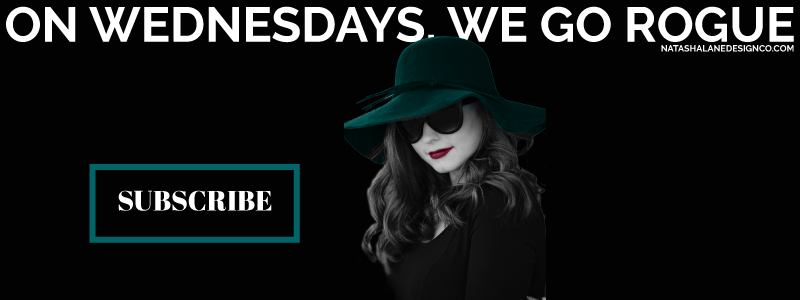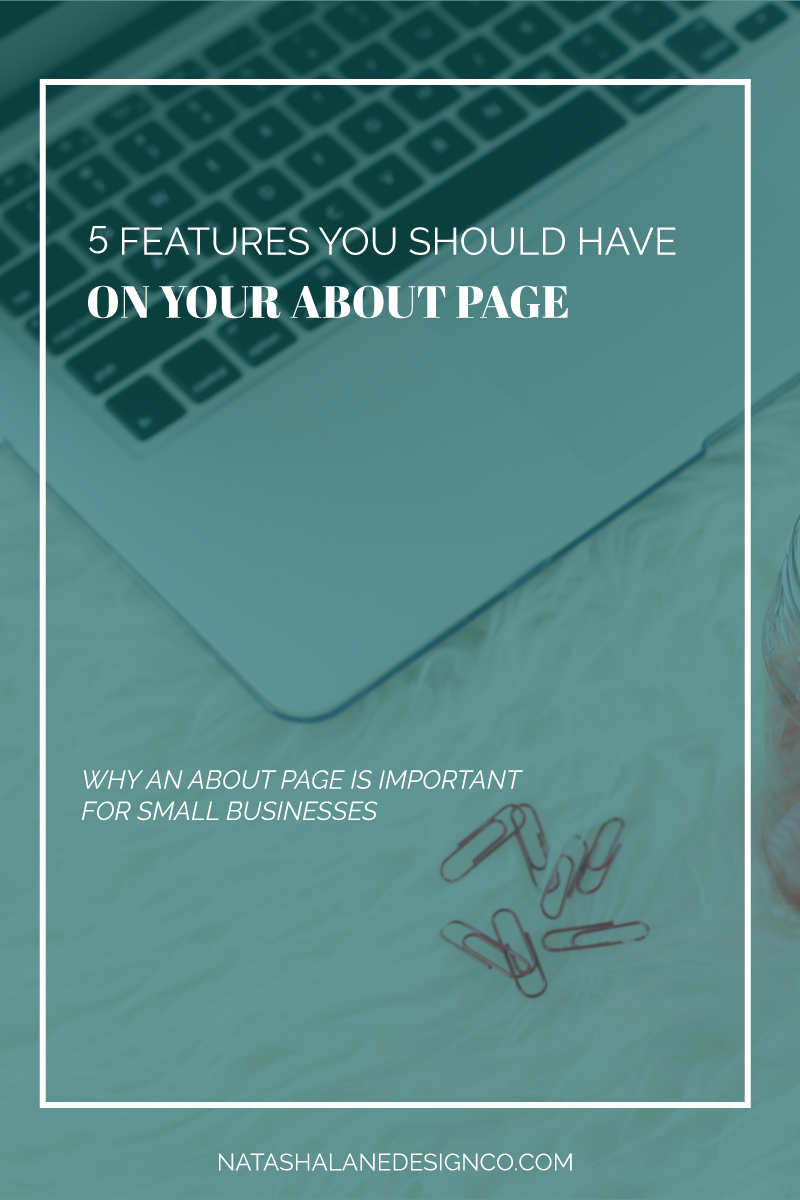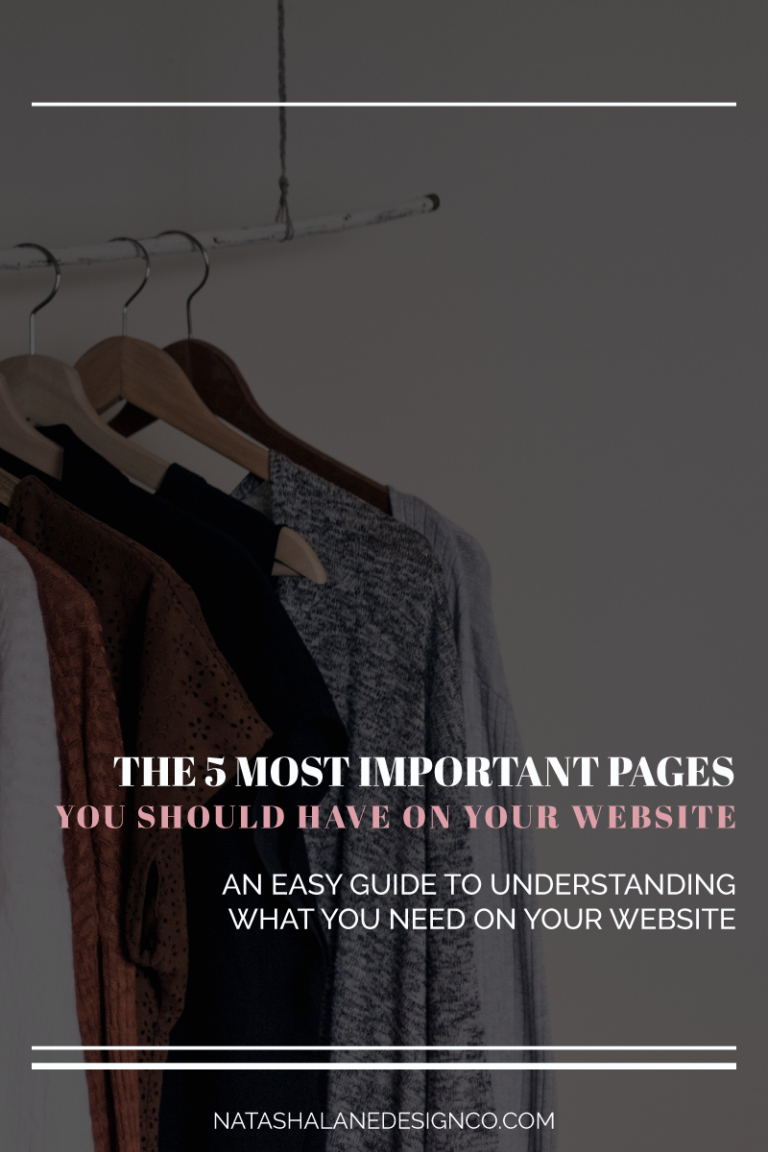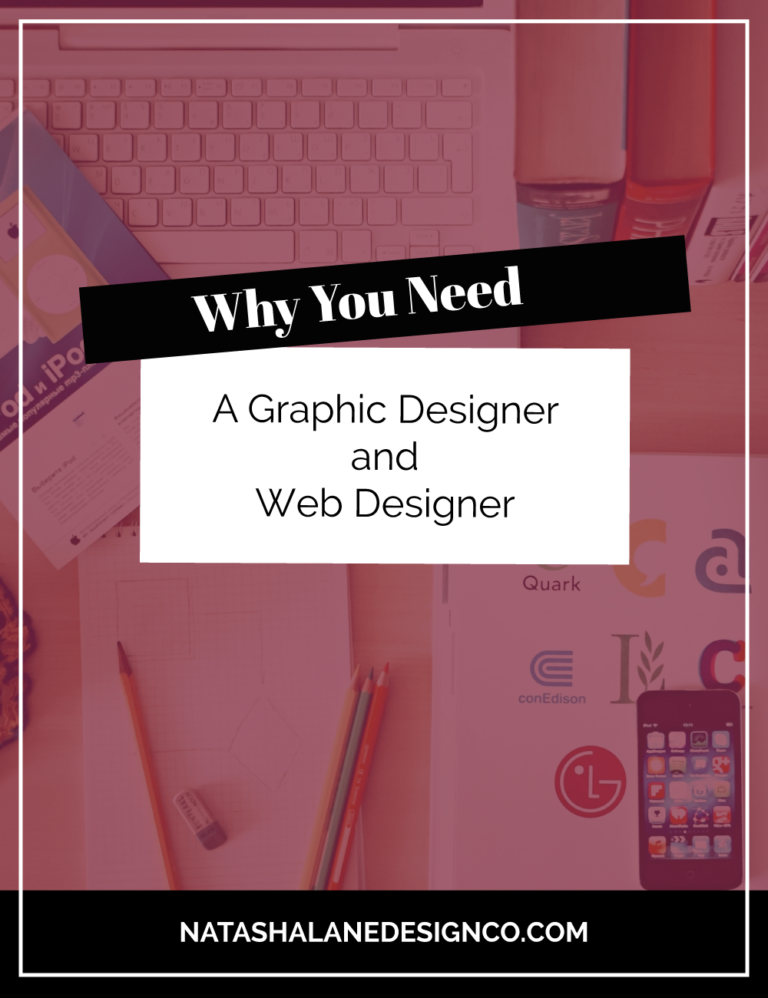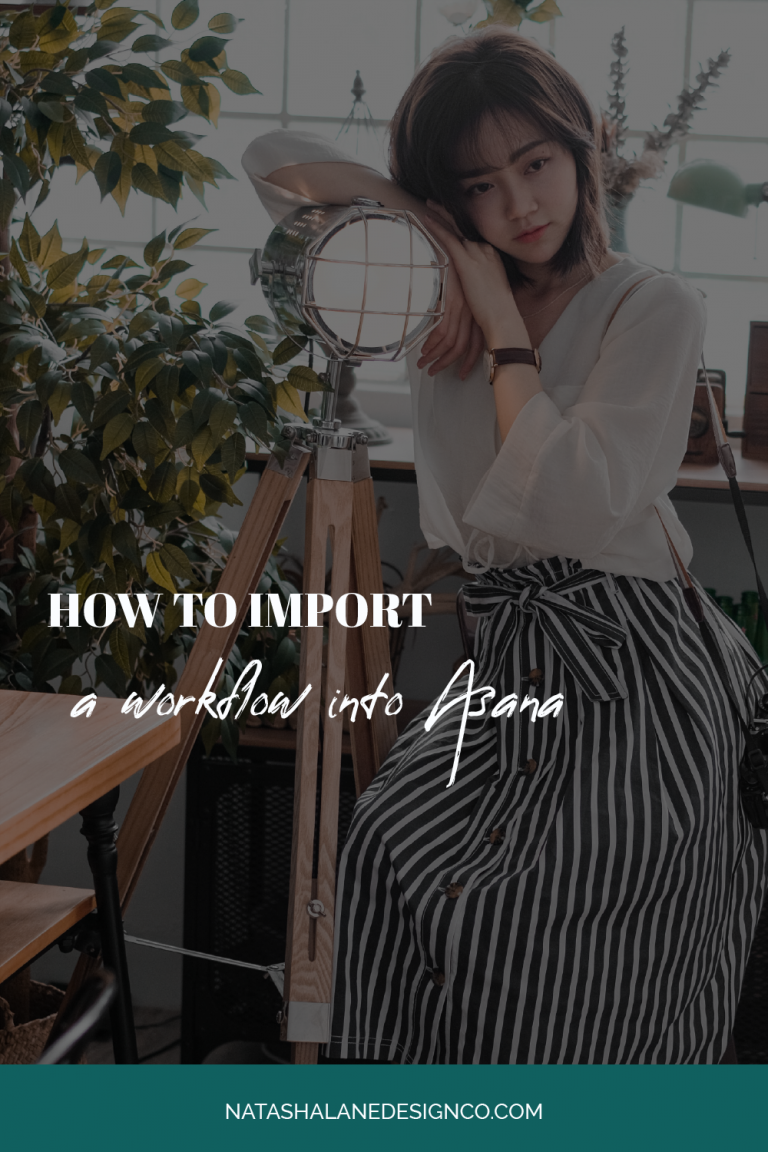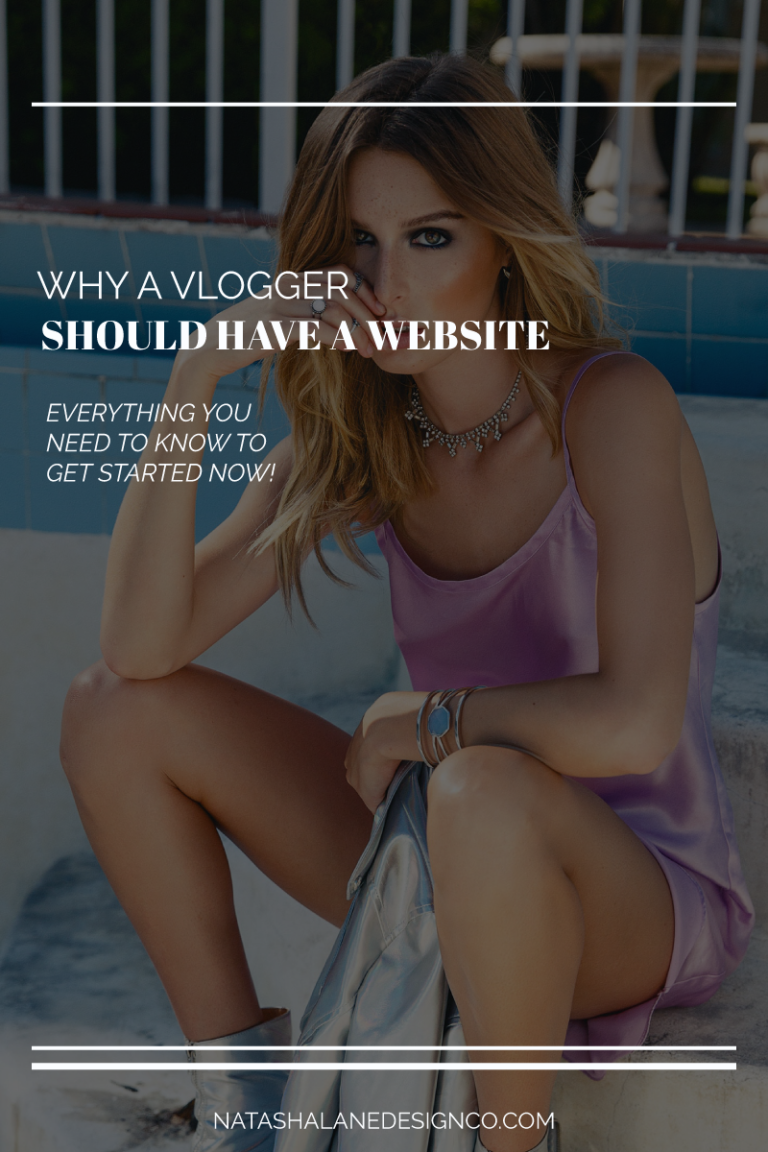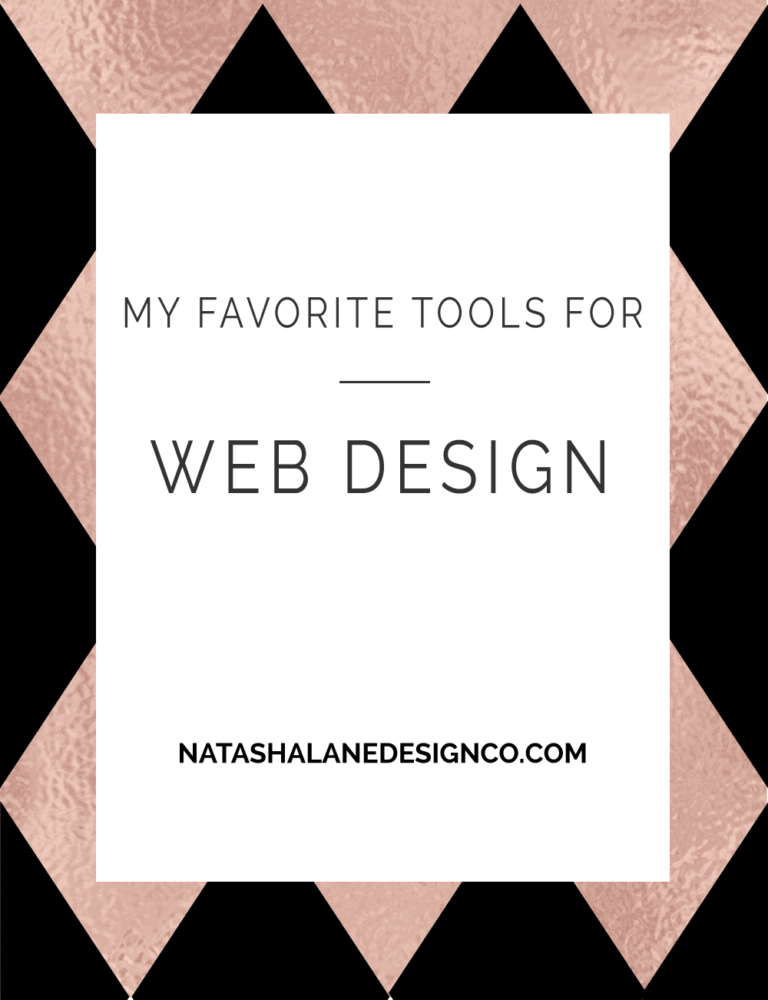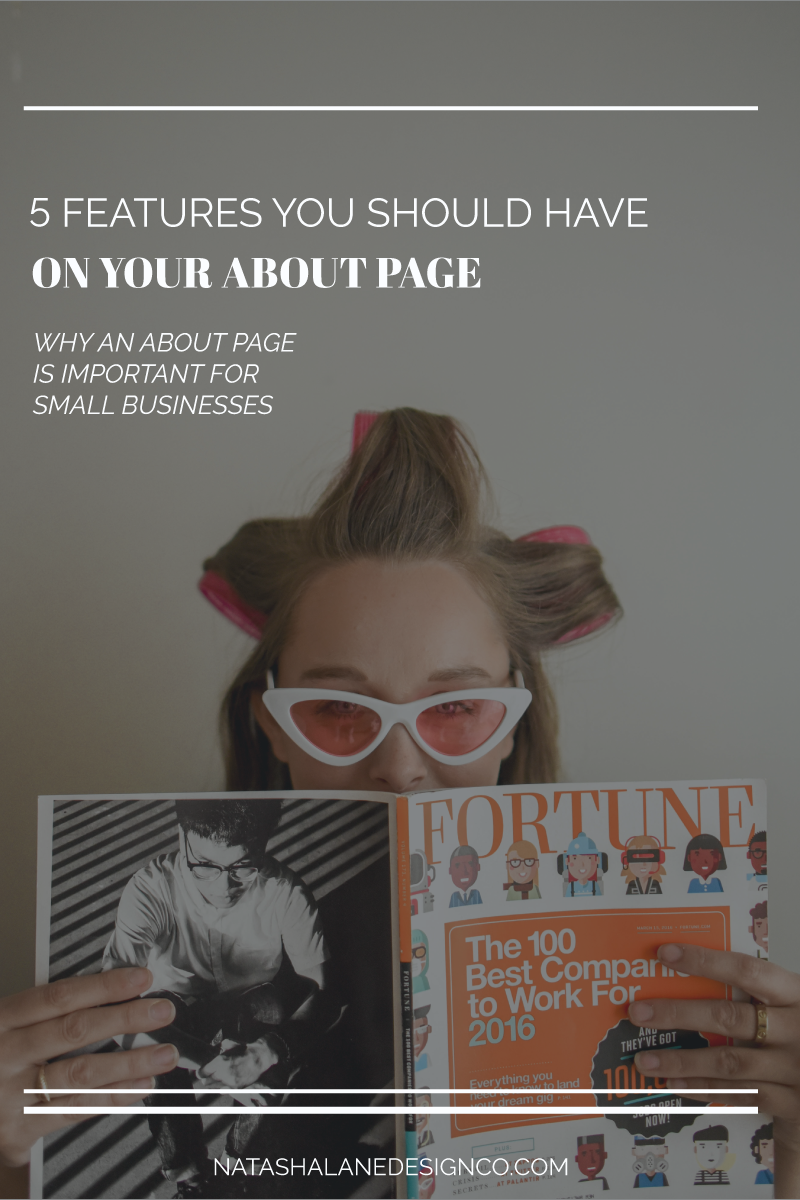
An about page is an important page to have on your website, especially if you’re a small business. This page is necessary because it helps people know more about you. As a small business, people don’t know anything about you. The number one reason people invest in a small business is that they feel connected to you. We’re all used to following brands (even celebrities, they have a brand too) because we fall in love with them, trust them and want to support them. Here are the 5 features you should have on your about page.
The 5 features you should have on your about page:
These features you should have on your about page are all about humanizing your brand. People buy from small businesses because they want to connect with a human, not a big corporation. Sometimes, especially lately with Wells Fargo and the Equifax scandal, people think these corporations only care about money, not people. Our job as solopreneurs and small businesses is to create trust and community. These 5 features on your about page will help.
01. A picture of you
The #1 thing you should have on your about page is a picture of you. Even though I know this, even I’m guilty of not having a picture of myself, or I was. Now I have one picture, but I plan to add more because I think my about page looks a little cold.
The reason why I only have one picture is because I’m an introvert. Not only that, I’m one of those people who hate taking pictures of myself. I do not feel comfortable about strangers looking at me, and I love my privacy. BUT from a marketing standpoint, I know how important it is.
Having a picture of yourself online builds trust because people know what you look like and that they are buying from a human being. I love stalking people online (not in a weird way). When I find someone I like online (lately for business reasons), I want to know everything about them. I want to know how they started their business, who they are, what made them start their business, and of course, I want to see pictures of them. Looking at pictures of them makes me feel like I know them as people. So, of course, I trust them and want to buy their stuff.
So what kind of picture should you have?
It depends on your brand. Are you trying to be someone’s BFF or are you trying to be professional? If you’re just trying to portray yourself as someone’s BFF, then a casual picture of you laughing is okay. If you’re trying to be professional, then a picture of you dressed professionally in a serious stance or working in your office is a good fit. Just think of how you want your audience to perceive you.
02. Who you are
Another one of the 5 features you should have on your about page, is a statement about who you are. This includes introducing yourself and your business. This is very important, especially if the 2 names (your name and your business name) are different.
When I first started, I would receive emails where the sender mistook me for Natasha Lane. If you didn’t know, Paigon is my name (nice to meet you if this is your first blog post :)). I was kind of shocked but understood that there could be confusion (they could have taken the time to read my about page). Most of those people will be advertisers. Your true fans know your name because they will take the time to read your about page.
You also want to state where you’re from. Sometimes it’s not important, but people like to know where you’re located. Also, it matters to some people because of business. Some clients want to work with people in the same country as them. It can be important because of time difference and cultural or language difference as well.
Another thing you want to mention is your education or experience. Most people want to know that you have experience in your occupation. The about page is the perfect place to list your qualifications. Your qualifications build trust with your audience.
03. What you do
Your audience wants to know what you do. Maybe your homepage gives a summary or has your title but the people stopping on your website might not understand. This is where you go in-depth on what you do and what your site is about.
This is also where you state why you do what you do. People want to know why you’re passionate about your work and how you got into it. This also helps build trust and further shows your experience.
04. Who you serve
Who do you help? You should go into detail so that your audience isn’t confused. You should also state why and how you help them. For example, I design brands and websites that tell stories for confident and bold creative entrepreneurs. I also state that “I help vloggers and entrepreneurs elevate their video content through design and editing so they stand out online and become THE authority in their field”.
On my about page, I state what I do, who I help and how I help them. I know that I’m just one person, so I can’t manage a brand for a big corporation. That’s why I serve small businesses. If a big corporation came to my about page, they would know that I serve small businesses.
05. Call to action (CTA)
What do you want your audience to do when they finish reading your about page? Do you want them to go to your service page? Contact page? Homepage? Blog? Whatever you want them to do, have a link or button to that page.
If someone is on my about page, I assume that they are meeting me for the first time. I don’t think they’ll book with me right away, so my call to action is to sign up for my Free Resource Library. When they sign up, they get access to my library and my newsletter. In my newsletter, I send behind the scenes information about my business. I describe what I’m working on, what I’m struggling with, what tools I recommend, and so on. That way my audience gets to know me better.
Shameless plug, subscribe to the FREE resource library here.
I don’t have time for this…

I understand that some people want to know only the important facts. Sometimes when I read a long blog post, no matter how interesting, I just want a short and sweet answer. So here’s your cheat sheet.
The 5 features you should have on your about page:
- A picture of yourself.
- A statement saying who you are as a person and a business.
- Describe what you do.
- Detail who you’re trying to help.
- A call to action. Basically, what do you want your reader to do next?
Remember, the main point of the about page is to humanize your business and focus on how you’re helping people. That way you’ll build trust and seem personable.
How many other people like to stalk people/brands/products online? Let me know in the comments below.
-Paigon

Get weekly YouTube, branding, Wordpress, and business tips and VIP discounts and promotions delivered straight to your inbox along with access to the Go Rouge Library.

